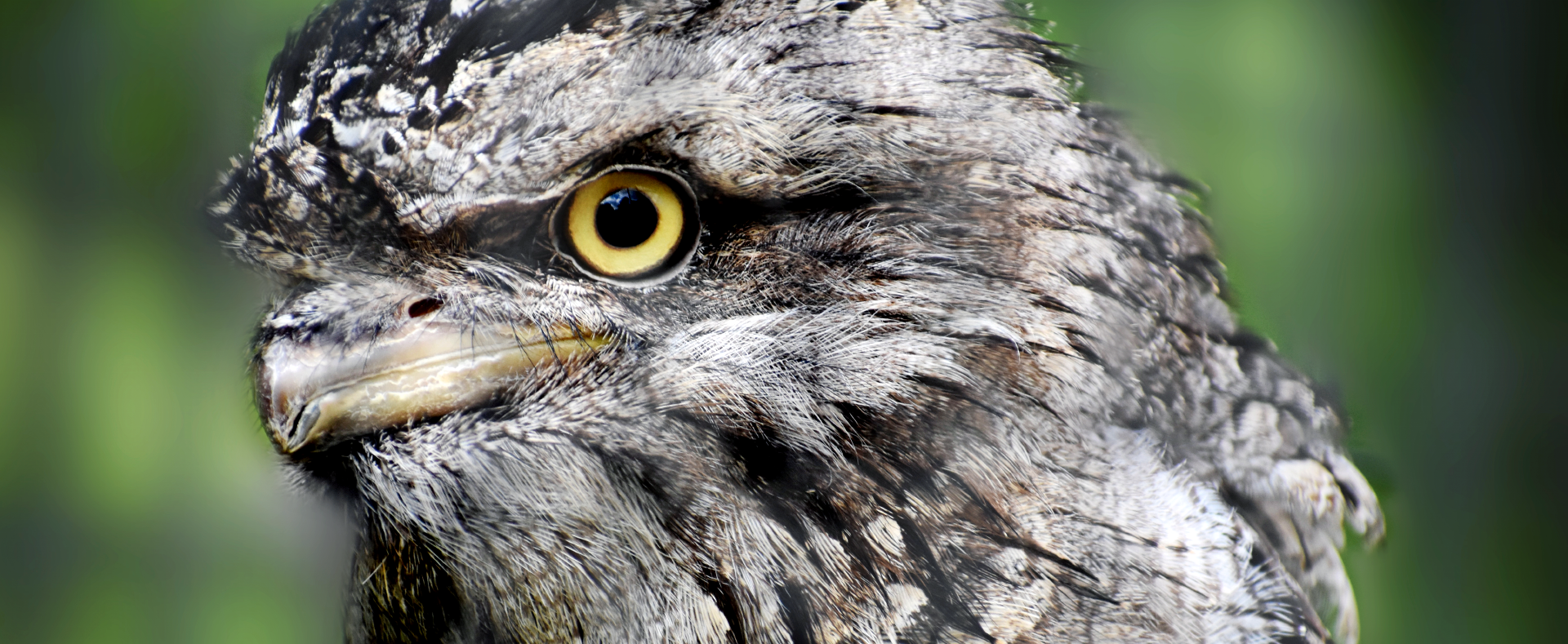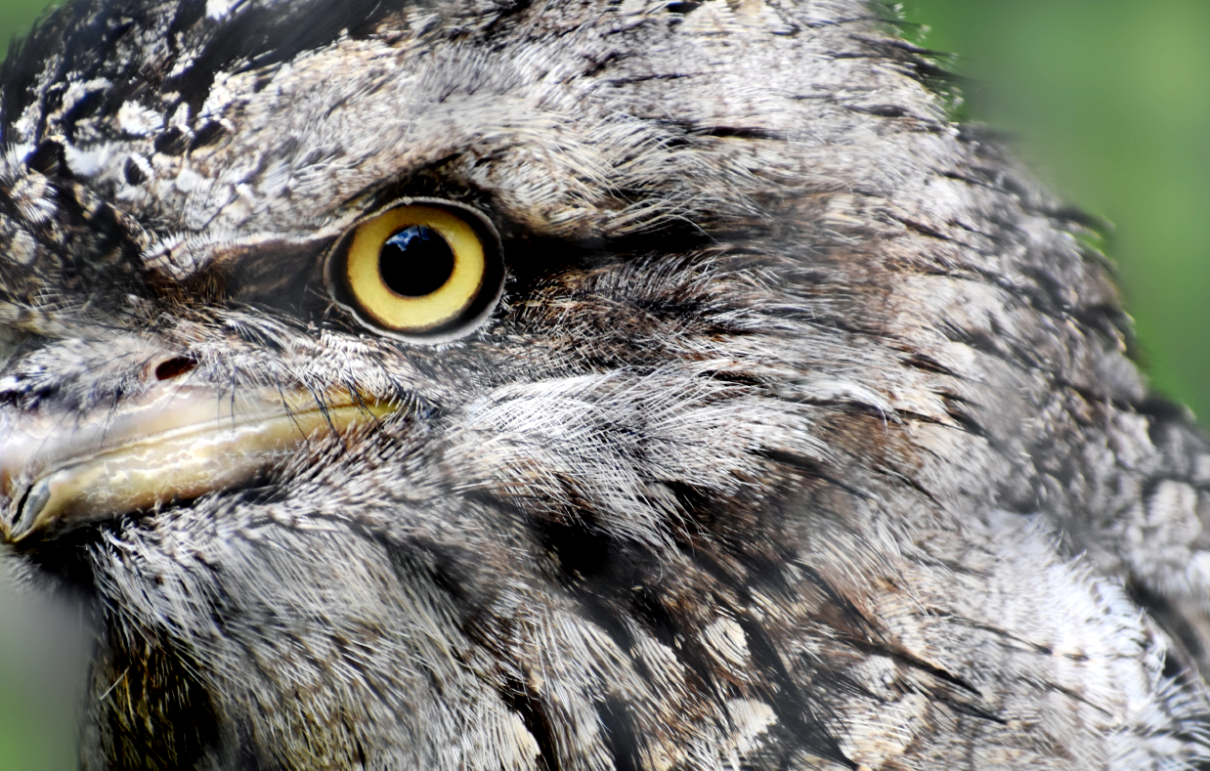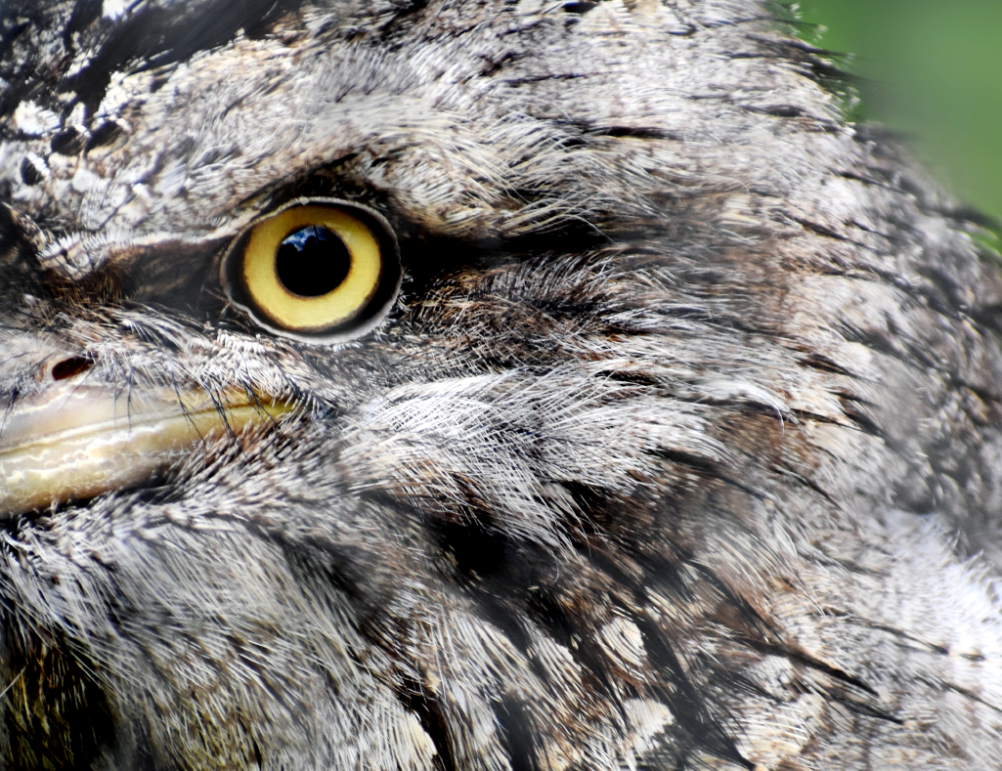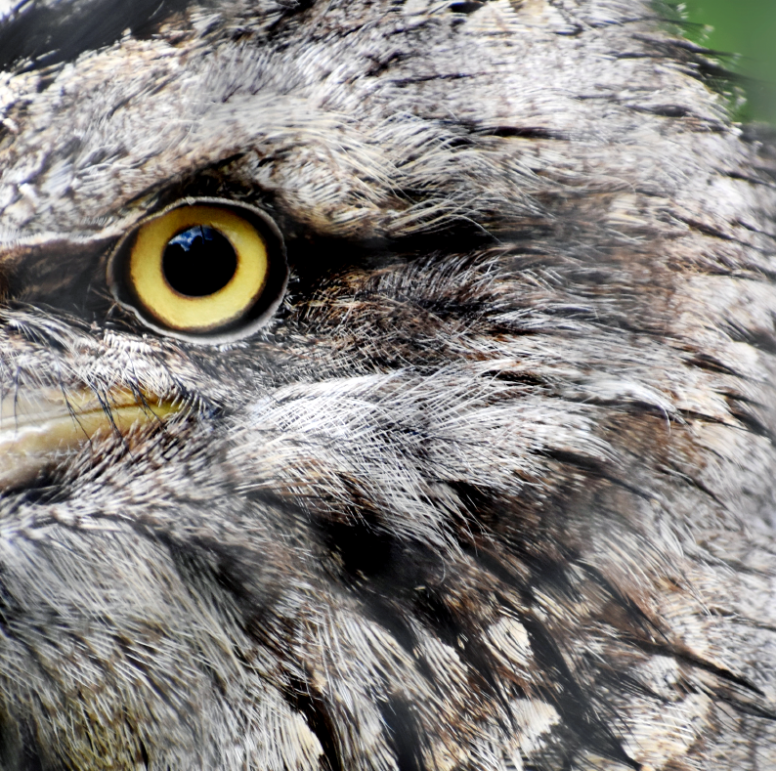STATUSLeast Concern
COMMON NAME (SCIENTIFIC NAME)Podargus strigoides
DIETSmall birds and mammals, spiders, worms, slugs, nails, centipedes, cockroaches; occasionally frogs, and reptiles
RANGEAustralia and Tasmania
HABITATForests, scrublands, woodlands, and grasslands







